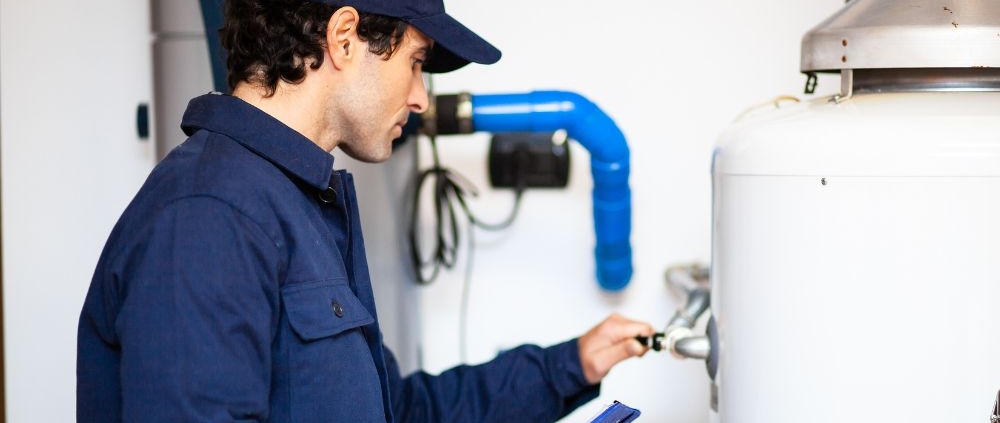How To Fix Geyser Overflow? | Geyser Troubleshooting
Dealing with a geyser that overflows can be frustrating and potentially damaging to your home. Understanding the reasons behind this issue and knowing how to resolve it is crucial. In this blog, we will explore the common causes of geyser overflow and provide helpful tips for troubleshooting and fixing the problem.
Common Causes of Geyser Overflow:
- High Water Pressure: One of the primary reasons for geyser overflow is high water pressure. When the water pressure in the geyser exceeds its capacity, it can lead to overflow. This often occurs when the pressure reducing valve is faulty or not properly adjusted.
- Faulty Temperature and Pressure Relief Valve (TPR Valve): The TPR valve is designed to release water and pressure from the geyser when the temperature or pressure inside the tank becomes too high. If the TPR valve is defective or malfunctioning, it can cause the geyser to overflow.
- Sediment Buildup: Over time, sediment and mineral deposits can accumulate at the bottom of the geyser tank. This buildup can lead to overheating and, in turn, cause the water to boil and overflow.
- Incorrect Thermostat Settings: If the thermostat on the geyser is set too high, it can cause the water to reach boiling point, leading to overflow. Additionally, a faulty thermostat can also result in the geyser overheating and overflowing.
- Inadequate Venting: Poor venting or a blocked vent pipe can prevent the proper release of pressure and steam from the geyser, ultimately causing it to overflow.
Troubleshooting and Resolving:
- Check Water Pressure: Use a pressure gauge to measure the water pressure in your home. If it exceeds the recommended level (usually 2.8-4.1 bars), consider installing or adjusting a pressure reducing valve.
- Inspect the TPR Valve: Test the TPR valve to ensure it is functioning correctly. If it’s not releasing water when tested, or if water continues to drip from it, the valve may need to be replaced.
- Flush the Geyser: Periodically flushing the geyser to remove sediment and mineral buildup can help prevent overflow. Follow the manufacturer’s instructions for safely flushing the geyser.
- Adjust Thermostat Settings: Ensure that the thermostat is set to the recommended temperature (usually around 120°F or 49°C). If the thermostat is faulty, consider having it replaced by a qualified technician.
- Check Venting System: Inspect the vent pipe for any obstructions or blockages. Ensure that the venting system is allowing for the proper release of pressure and steam from the geyser.
Conclusion:
Geyser overflow can be caused by various factors, including high water pressure, faulty TPR valves, sediment buildup, incorrect thermostat settings, and inadequate venting. By understanding these causes and following the troubleshooting tips provided, you can effectively address geyser overflow issues and prevent potential damage to your home. If you’re unsure about how to resolve the problem, it’s always best to consult a professional plumber or geyser repair service for assistance.



